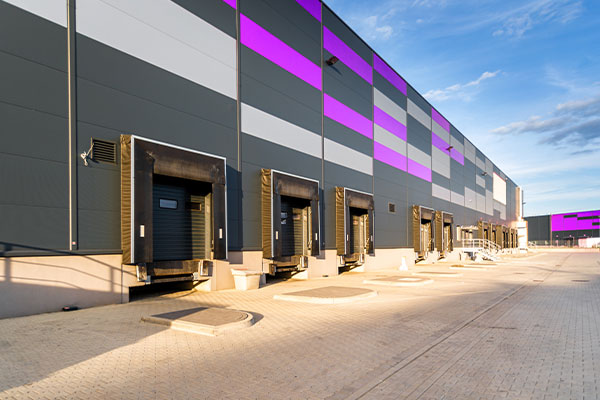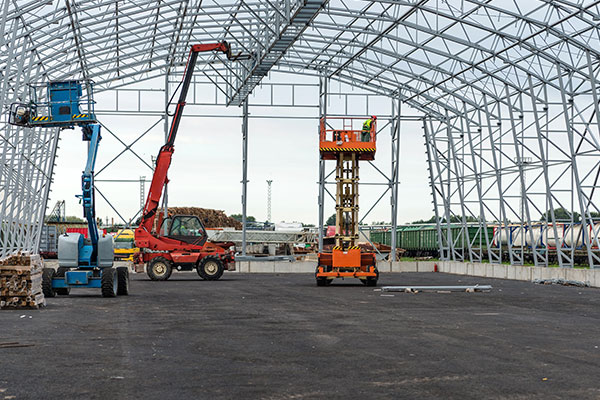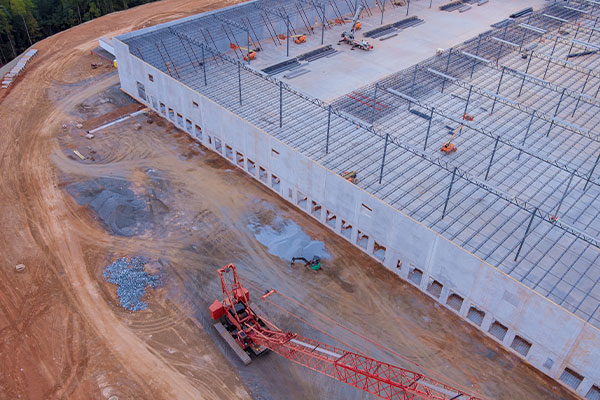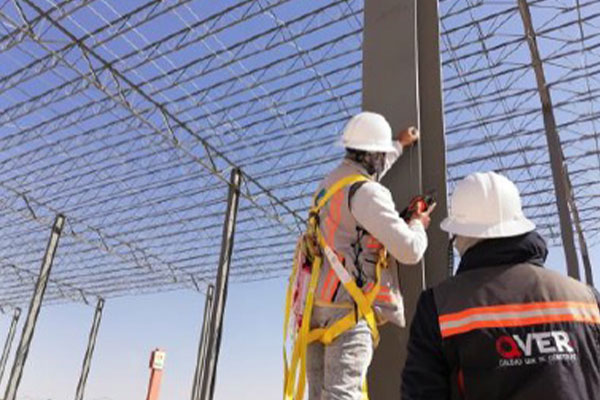Foundations on piles are usually designed solely based on capacity criteria, without paying particular attention to short or long-term settlements that may occur. This is due to the assumption that if the safety factor is adequate, the settlements of the pile in general are below 5% of the diameter, which is a small settlement in most cases. This consideration is valid for individual piles in hard soils, but can deviate considerably from reality in cases of soft soils and groups of piles.
Interaction between foundation system elements.
Interaction depends on several things, particularly on the relative movement between the pile and the soil. The pile is a high rigidity element whose deformations are low. When loading is applied to transfer it to the soil, there must be a relative displacement to mobilize a load at the tip and, at the same time, to activate the friction resistance.
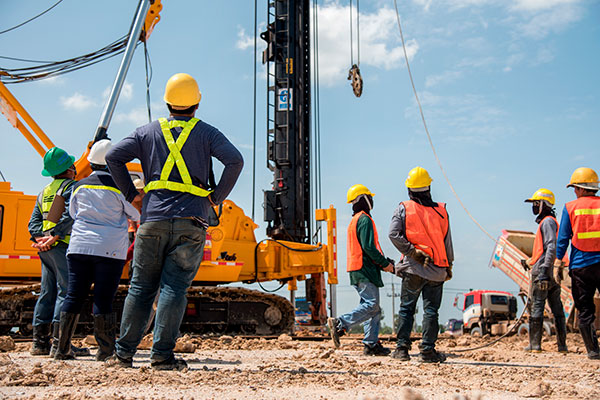
Due to this interaction, even for the case of a single pile, there must be relative displacements of the pile with the soil to mobilize its load. If the soil is very rigid and the dimensions of the pile are large relative to the load that is mobilized, stress increments in the soil will be small and deformations too. However, this can result in a very conservative design. In soft soils, short-term deformations can be large.
Additionally, the load that reaches the soil produces long-term deformations in the case of clayey soils. This implies additional settlements for the foundation system. If there are several closely spaced piles or many piles distributed over a large area,
there is an interaction that implies a group behavior in which the stresses on the soil are distributed to a larger mass, generating greater settlements.
The loads transferred to deep soils by the piles produce settlements due to longterm consolidation. These must be evaluated in addition to short-term settlements obtained from load tests or conventional design. Piles almost always function as rigid inclusions, not as individual piles. In this case, piles transfer loads to deeper, less compressible strata to decrease short and long-term settlements.
At Q-VER, we believe that it is necessary to evaluate the behavior of foundations. Evaluation based solely on a safety factor does not allow for proper evaluation of behavior, whereas performance analysis allows for optimization of foundations, and for this, we have the necessary geotechnical tests.

